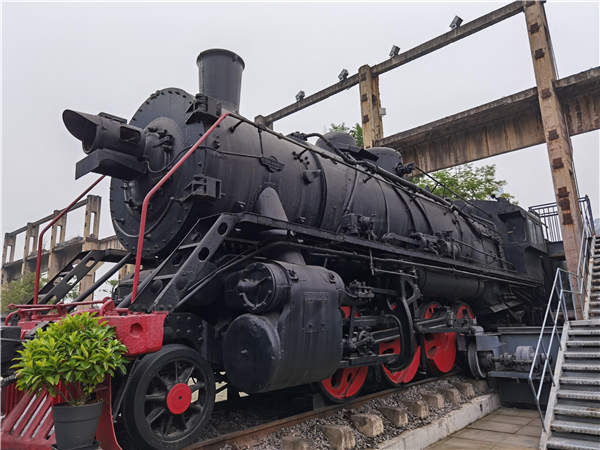

To prevent this key facility from falling into the enemy's hands, a Steel Plant Relocation Committee, or SPRC, was established to move the dismantled machinery and equipment in Wuhan west to Chongqing, which later became China's provisional capital during the war.
With great pain, China deliberately destroyed the remaining constructions in the Wuhan plant before the city fell.
The 1,200-kilometer journey along the Yangtze River was an adventure in the face of continuous Japanese bombings and the shoals of the Three Gorges.
Nevertheless, over 323,000 tons of equipment arrived in Chongqing. The SPRC plant resumed operating in Dadukou district in 1939.
According to historical files collected by the museum, the SPRC plant in Chongqing provided over 90 percent of the steel consumed by Chinese arsenals during the war. A cluster of wartime-arsenal sites in Chongqing, including the plant, were inscribed on a list of national-level key heritage sites by the State Council in 2013.
Yan Yangchu, a famous educator then, hailed the painstaking relocation of industrial equipment during the war as "the Dunkirk moment of Chinese industry".
"This steel plant's contributions to China's victory in the War of Resistance Against Japanese Aggression is ineffaceable," the museum's deputy director Guan Yongqin says.